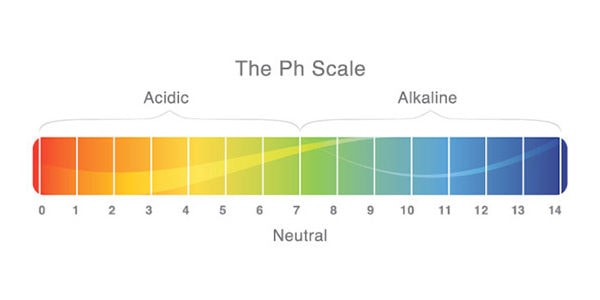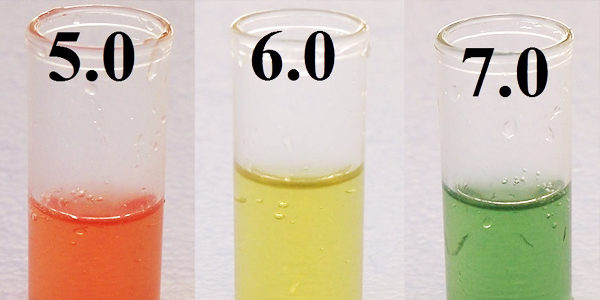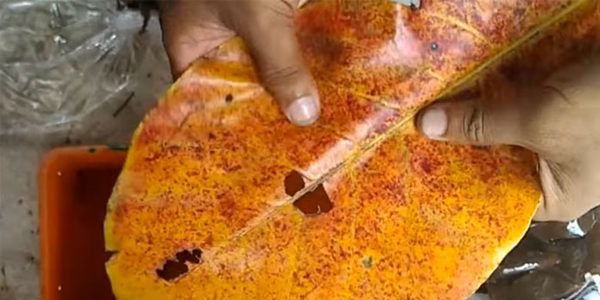A significant factor when it comes to maintaining water quality in your fresh water aquarium is the level of pH, one of the key water parameters.
The pH of tap water—the one we most often use to fill our tank—is not always the best choice for the diverse needs of the fish we keep in our aquarium.
With that in mind, it stands to reason that every aspiring aquarist should know how to manipulate and chance these levels at will.
However, this is not an easy task and there are many ways to do it, depending on whether you need to lower your pH or increase it.
Table of Contents
Understanding the pH of water and its relation to fish species

The pH of water is measured on a scale that ranges from 0 to 14 with a pH level of 7 considered neutral.
Values below 7 are acidic and values above 7 are alkaline.
Different species of fish prefer different pH levels and what works for one fish may not work for the other inhabitants of the tank.
This is particularly important in community aquariums where a variety of species are held.
Whenever you decide to introduce a new fish species to your aquarium, you need to ensure your water’s pH is aligned with the needs of the new fish’s requirements.
If this is not done correctly, you risk serious illness or unnecessary stress for your fish.
Ways to Lower the pH in an Aquarium

When changing the pH of an aquarium, you can either increase it or decrease it.
Increasing pH is generally easier than decreasing it because you cannot remove the minerals from your water or adjust the buffering capacity of your aquarium without pre-filtration methods.
There are several ways to lower your pH; some are natural and some require the usage of chemicals, but the key is to use as little chemicals in the water as possible.
The chief drawback of using chemicals is the fact they can easily change your pH too much or too fast, leaving your fish no time to adapt.
Cleaning your Aquarium
Cleaning your aquarium regularly and often is the best way to reduce ammonia, the main reason your pH increases.
This is beneficial since it reduces fish waste regularly and removes any leftover food immediately.
Also, clear your gravel to remove debris and clean your decorations without using chemicals or soap.
Perform a partial water change, replace 10% of your water every day, or replace 30% of your water every 5 days.
Filtration
Sometimes your pH can increase because the filtration system is not strong enough to efficiently filter the amount of water your tank holds.
If your filter is functioning perfectly, but pH is still too high, try upgrading to a larger filter or adding an additional one.
Adding Peat Moss to Naturally Lower the pH
Using peat moss is widely considered the most effective natural method of lowering pH in an aquarium.
This can be done in different ways, but the most common method is adding peat moss directly to your filtering system, though it can be placed somewhere in which the water will run through it.
The main drawback is peat moss will color your water, so it is recommended to leave it in a separate bucket for a couple of days before submerging it to your aquarium in order to prevent this.
It takes time to master this technique, but it will work wonders for your aquarium.
You can buy some peat moss here.
Adding Driftwood to a Tank

Adding driftwood to your tank is a great way to lower the pH of your water, especially since it is natural and recreates similar conditions found in the wild.
It works by releasing large amounts of tannin into the water, thus making the pH lower.
In addition, from an aesthetic standpoint, the submerged wood can give your aquarium a new and refreshing look.
Experts recommend thoroughly preparing your wood before adding it to the tank to reduce the amount of color the wood contains, as changing the color of your water is not good for your fish.
You might consider boiling your driftwood to sterilize the wood and kill any spores of algae or fungi that might develop when the wood is finally submerged.
Boiling the wood will speed up the decolorizing process as well.
Adding Almond Leaves

Almond leaves are another great natural and aesthetically pleasing method to consider when trying to obtain optimal pH by lowering it.
The principle behind this method, and many aquarists agree, is fairly similar to the one of peat moss and driftwood.
Almond leaves are natural, safe, and simple to add; just as with driftwood, it is highly recommended to soak the leaves before adding them to your aquarium.
They will still do the work, but unneeded color alteration will be avoided.
You can get some almond leaves here.
Using Reverse Osmosis to Soften the Water
Reverse osmosis is a process of water purification by means of utilizing a membrane that removes many types of molecules and ions in order to make water cleaner and fresher.
These systems are very expensive, the chief drawback of this method, but this system can help reduce your pH levels more efficiently and with more precision than utilizing other ones.
This is without doubt the superior long-term solution for your aquarium, especially if your tap water is considered hard.
Remember to keep track of your pH
Remember, when deciding to add fish to your aquarium, you need to know all of the parameters surrounding the new species, including their preferred pH level.
If this new species will congregate pleasantly with your other fish, but requires a lower pH level, you have to either lower the pH level in your aquarium or find a new species to add since pH levels effect every single creature in the aquarium.
